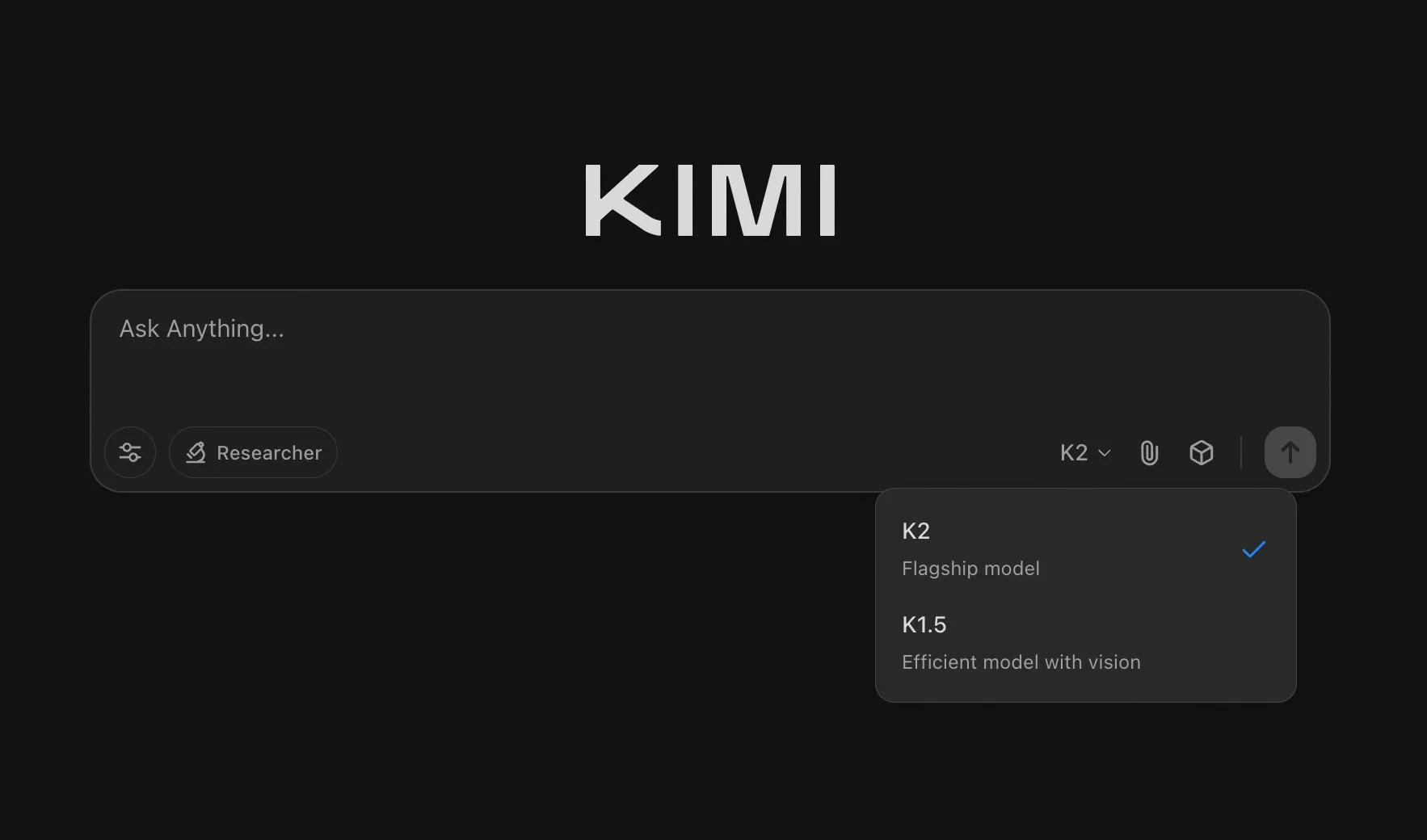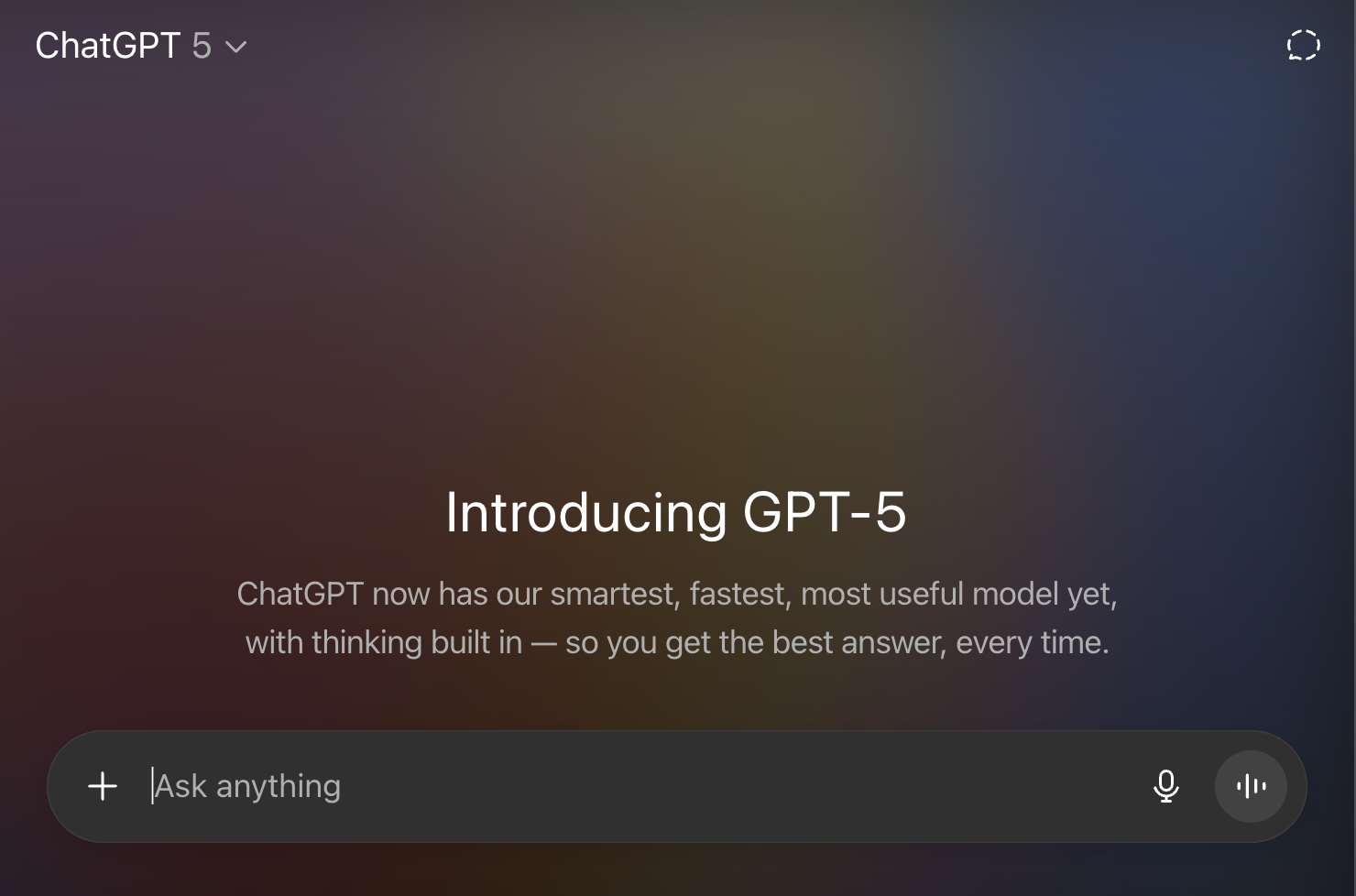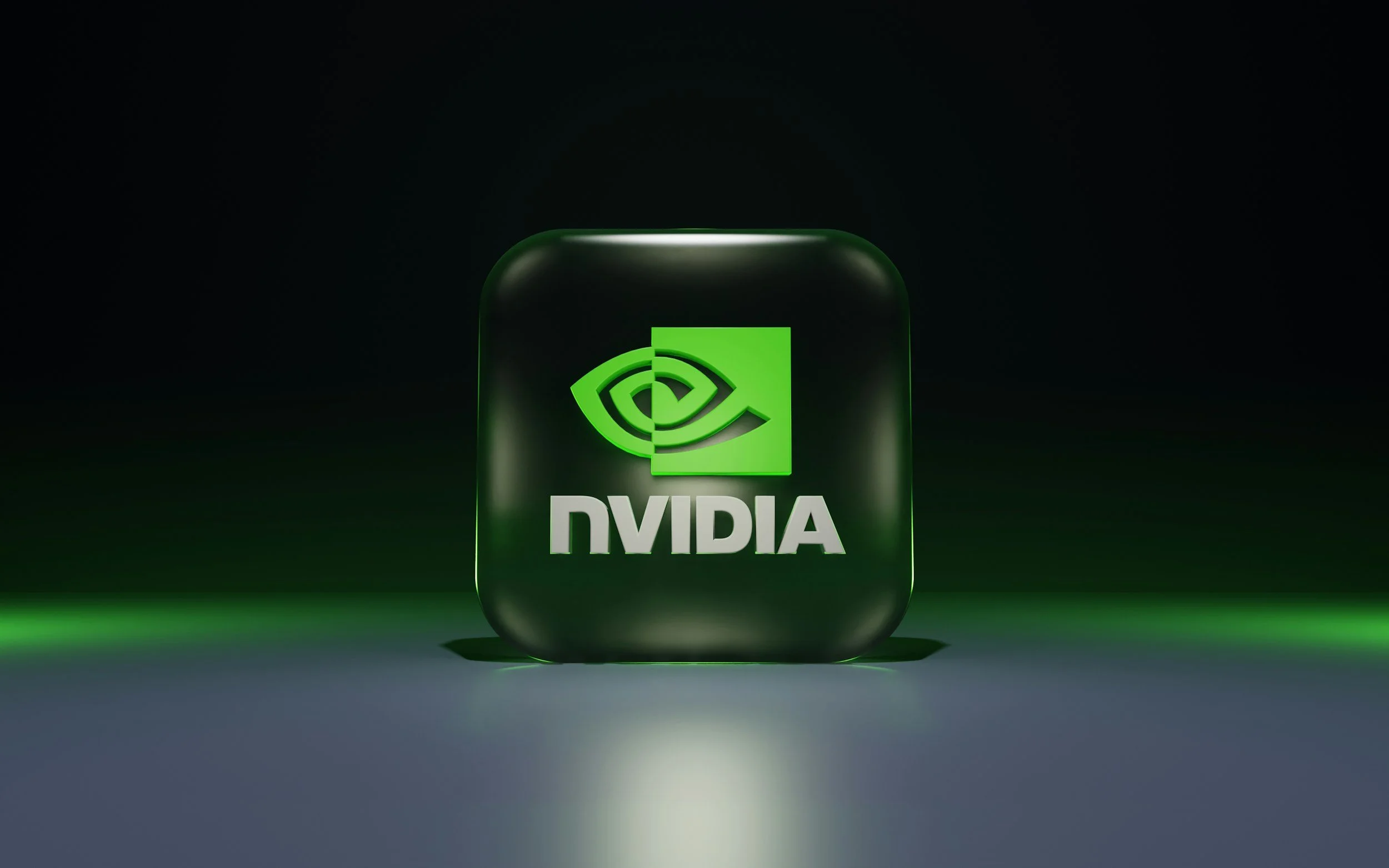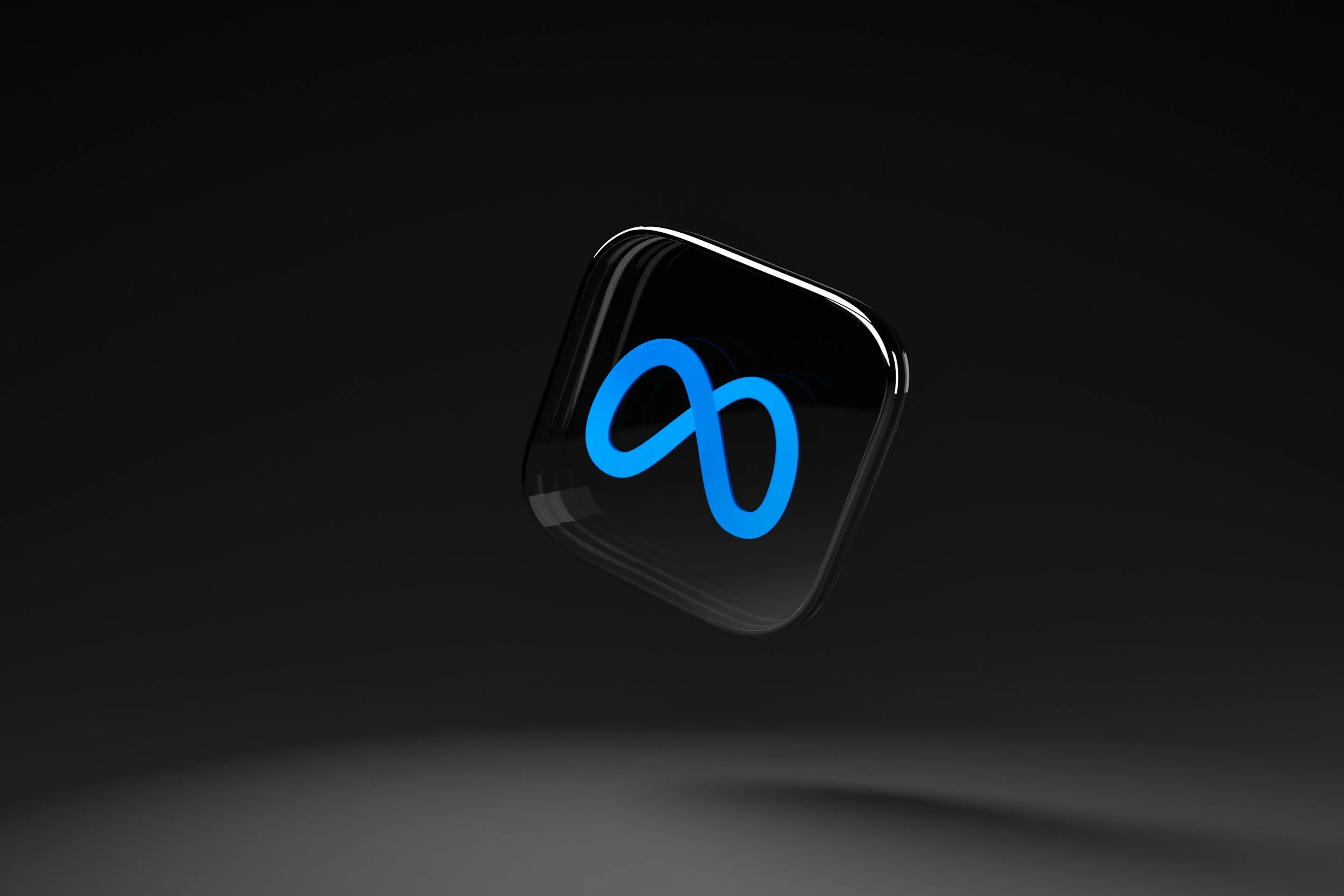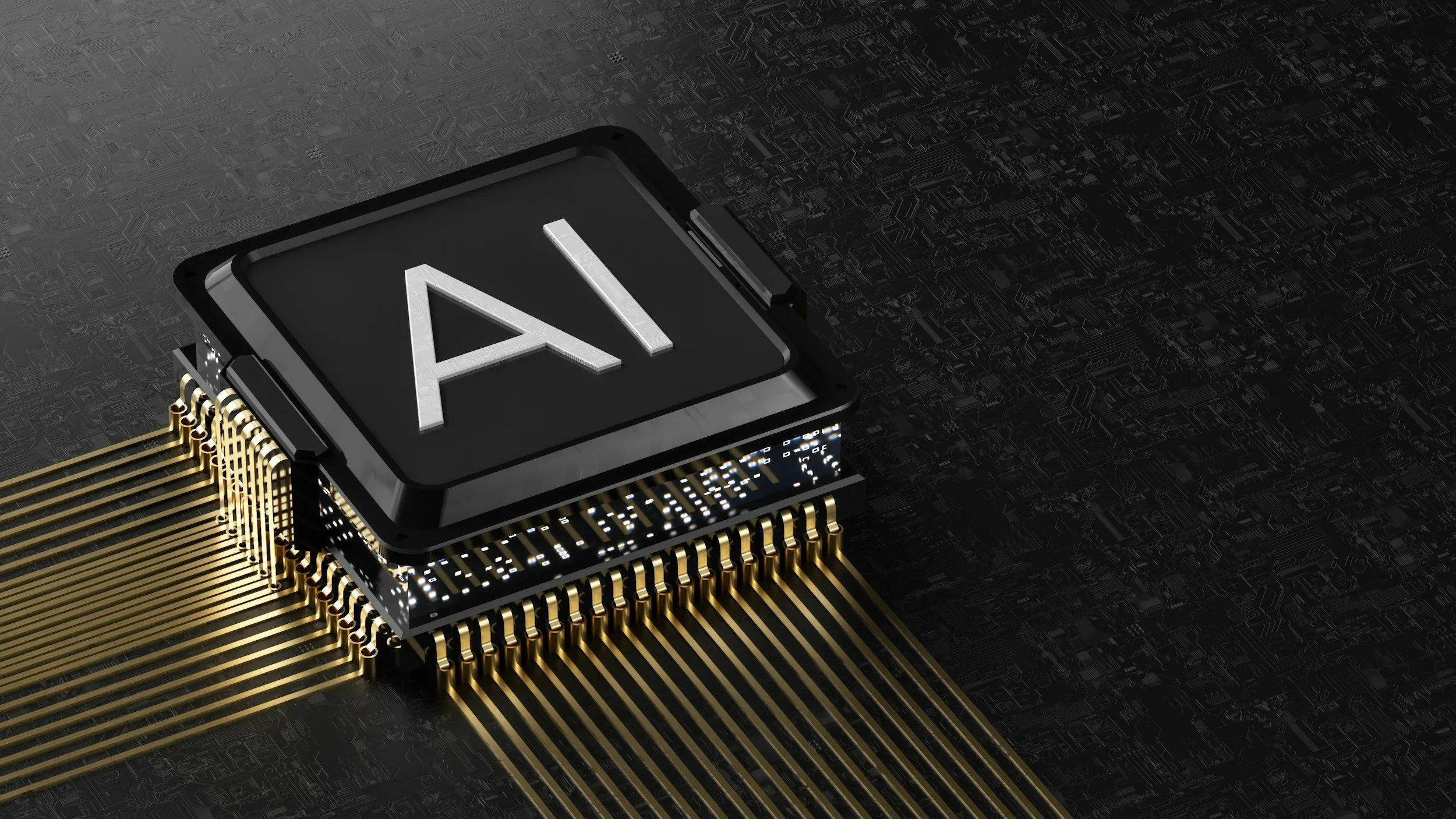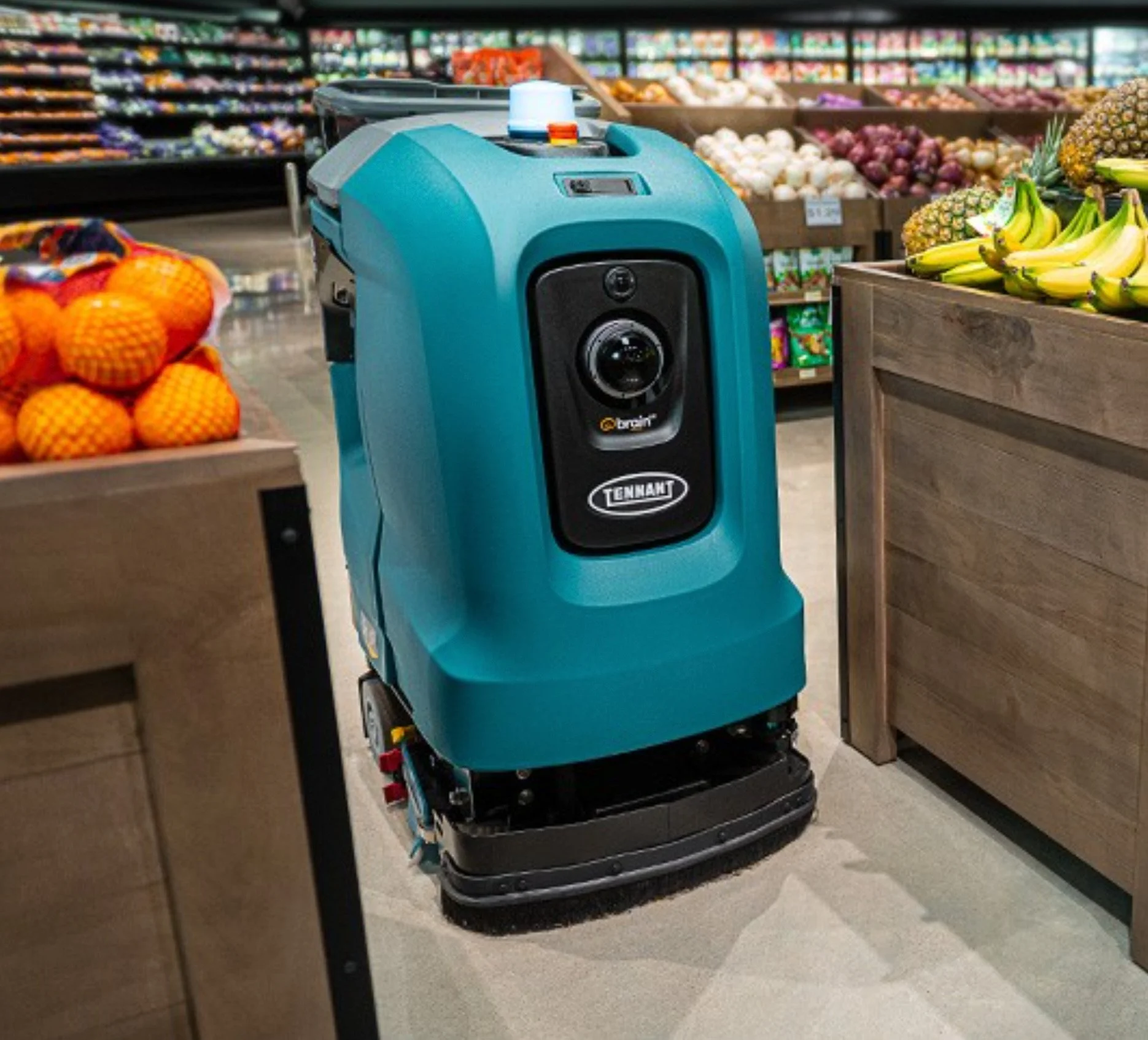Google Launches Gemma 3n: Compact Multimodal AI Model for On-Device Applications

Image Credit: Daniel Romero | Splash
Google has introduced Gemma 3n, an artificial intelligence model designed to bring advanced AI capabilities to smartphones, tablets, and laptops with as little as 2 GB of RAM. Capable of processing text, audio, images, and short videos offline, this compact model advances intelligent edge computing, enabling privacy-focused and low-latency AI applications.
A Versatile AI Model for Developers
Gemma 3n, developed by Google and Google DeepMind, is an open-weight AI model available in two sizes: E2B (2 billion effective parameters, 5 billion raw) and E4B (4 billion effective parameters, 8 billion raw). Its efficiency stems from Per-Layer Embeddings (PLE), which reduces RAM usage, and the MatFormer architecture, which nests a 2B submodel within the 4B model for flexible performance. Supporting over 140 languages for text and 35 for multimodal tasks, it enables developers to create customized AI applications for global use.
Timeline and Platforms
Google unveiled Gemma 3n in a preview at its I/O conference on May 20, 2025, with full availability on June 26, 2025. Developers worldwide can access it through Hugging Face, Kaggle, Google AI Studio, and Google AI Edge, which supports deployment on Android and Chrome platforms using frameworks like TensorFlow, PyTorch, and JAX.
AI for Privacy and Speed
Gemma 3n aims to make AI accessible by enabling high-performance applications on resource-limited devices. By processing data locally, it ensures user privacy and reduces latency, addressing limitations of cloud-based AI. Building on the Gemma family’s success, with 150 million downloads and 70,000 community variants, Google collaborated with Qualcomm, MediaTek, and Samsung to optimize the model for mobile hardware.
Who Uses Gemma 3n: Developers and Beyond
The model targets developers and researchers building AI applications for constrained environments. Use cases include healthcare (e.g., MedGemma for medical text analysis), code generation, and unique research like studying dolphin communication. End users benefit from offline AI features in apps, such as real-time translation or personalized content creation.
How Gemma 3n Powers On-Device AI
Gemma 3n’s AI capabilities rely on a MobileNet-V5 vision encoder for image processing and an audio encoder, adapted from Google’s Universal Speech Model, for up to 30-second audio clips. Techniques like KVC sharing and activation quantization boost response speed by 1.5 times compared to Gemma 3 4B. A 128K-token context window (32K for the 1B variant) supports complex tasks like document summarization, enhanced by a Gemini 2.0-derived tokenizer for multilingual processing.
Strengths of Gemma 3n’s AI Design
Low Resource Use: Operates on 2-3 GB of RAM, ideal for budget devices.
Privacy-Centric: Offline processing keeps data on-device.
Multimodal AI: Handles text, images, audio, and video for diverse applications.
Customizable: Open-weight design allows fine-tuning for specific tasks.
Global Accessibility: Supports 140+ languages, enabling worldwide use.
Limitations of Gemma 3n’s AI
Audio Constraints: Restricted to 30-second audio clips, limiting tasks like extended speech recognition or transcription, though longer processing is planned.
License Restrictions: Open-weight license prohibits model distillation, hindering customization and compression for ultra-low-power devices like IoT sensors.
Quantization Trade-offs: Int4 models may reduce accuracy in complex tasks (e.g., nuanced translation, medical image analysis), despite Quantization-Aware Training mitigation.
Preview Gaps: Initial release lacks full audio and video support, with complete multimodal functionality still in development.
AI Innovation Context
Introduced in February 2024, the Gemma family leverages technology from Google’s Gemini 2.0 models. Gemma 3n outperforms larger models like Meta’s Llama 3 405B in preliminary LMArena tests (Elo score >1300), reflecting its AI efficiency. Its development aligns with growing demand for on-device AI, driven by privacy concerns and low-latency needs. Google’s partnerships with hardware makers ensure compatibility, while safety classifiers like ShieldGemma enhance responsible AI use across the Gemma family.
We are a leading AI-focused digital news platform, combining AI-generated reporting with human editorial oversight. By aggregating and synthesizing the latest developments in AI — spanning innovation, technology, ethics, policy and business — we deliver timely, accurate and thought-provoking content.




































